 I don’t know about you, but I’ve always struggled with short stories. I’m definitely a novel kind of girl. But I hated that short stories were getting the better of me–how could I write a 100k word novel no problem but couldn’t manage a 2k word story? It didn’t make sense. Could I figure out how to keep a story short?
I don’t know about you, but I’ve always struggled with short stories. I’m definitely a novel kind of girl. But I hated that short stories were getting the better of me–how could I write a 100k word novel no problem but couldn’t manage a 2k word story? It didn’t make sense. Could I figure out how to keep a story short?
Challenge accepted.
Thus began my obsessive study of short stories, which lasted almost a year. And I learned some interesting things not just about short stories, but also about how to control your story’s length in general. I’m about to share with you something it took me months to figure out.
Ready?
Showing helps make your novel long, and telling helps keep your short story short.
Well, duh, you think. It’s so obvious!
It was obvious, and it was something I knew too! Of course it takes more words to show than tell. Yet somehow I had been blind to this fact even though it was staring me right in the face.
The problem was, I was a novelist with a novelist’s mindset. And in novels, telling is usually a big no-no. But the more I studied short stories, the more I was surprised to find that not only is telling acceptable, but it’s one of the necessary elements to keeping the story short!
Cue metaphorical light bulb.
Now I understood one of the reasons why my short stories ended up being so unwieldy. I was trying to show the reader everything just as I would in a novel, and this was adding length I didn’t want.
How Telling Keeps Things Short
Let’s check out some examples of telling in short stories, shall we?
“The Necklace” by Guy de Maupassant (my favorite short story, give it a read if you have the chance!) opens with several long paragraphs of telling:
She was one of those pretty and charming girls born, as though fate had blundered over her, into a family of artisans. She had no marriage portion, no expectations, no means of getting known, understood, loved, and wedded by a man of wealth and distinction; and she let herself be married off to a little clerk in the Ministry of Education. Her tastes were simple because she had never been able to afford any other, but she was as unhappy as though she had married beneath her; for women have no caste or class, their beauty, grace, and charm serving them for birth or family, their natural delicacy, their instinctive elegance, their nimbleness of wit, are their only mark of rank, and put the slum girl on a level with the highest lady in the land.
This is all information that in a novel, we would show. But it would take pages and pages to do so! Yet it works. But how does it work?
- Guy tells the reader information that is necessary to understanding the story.
- He presents the information in a way that is entertaining to read.
This can also be applied to your novel. You might have information the reader needs to know, but it’s not important enough to spend pages or chapters showing it. So what do you do? You tell them. But you don’t have to do it in a way that’s boring–use tone, similes, and word choice to make it entertaining!
Let’s look at one more example, “The Lottery” by Shirley Jackson:
Soon the men began to gather. surveying their own children, speaking of planting and rain, tractors and taxes. They stood together, away from the pile of stones in the corner, and their jokes were quiet and they smiled rather than laughed. The women, wearing faded house dresses and sweaters, came shortly after their menfolk. They greeted one another and exchanged bits of gossip as they went to join their husbands.
How Showing Adds Length
Now, let’s switch gears. How does showing help add length to your novel?
When you show the reader something, you’re forced to use more words and page space. Telling is like a peek behind the curtain. Showing is like a backstage tour.
You could tell us Erin and Seth went on a date and had a wonderful time. Or you could show us by writing out the whole scene and letting us experience it with them.
You could tell us Erin and Seth fall in love and are crazy about each other. Or you could show us through scenes that reveal this information through their actions and words.
You could tell us Erin was upset when Seth cheated on her. Or you could show us how she found out and let us feel her pain.
Getting the idea? If you’re having a hard time getting your story novel-size, you may be trying to tell the reader too much and not showing enough. Let’s look at a quick example:
Telling: Erin was devastated at Seth’s betrayal.
Showing: Alone at last in her bedroom, Erin lost control. She fell to her knees and clutched at her hair, rocking back and forth. How. How could he do this to her? Her heart throbbed within her chest and her back shuddered with her sobs. Had everything been a lie? Had he ever loved her? Her tears dripped onto the frayed carpet. How could she have been so stupid? She should have known.
Showing gets you up close and personal with the viewpoint character, and reveals more details than telling allows. If you keep this up throughout an entire novel, you’re going to add a considerable amount of length!
Need More Techniques?
So how did I fare with my short story challenge? Not only did I finally manage to write a short story of appropriate length, but I also succeeded in getting it published. Not bad, right?
Even better, I’ve taken everything I learned from my journey and created an epic workbook to help you out! It’s called “The Epic Guide to Growing Your Idea Into a Novel-Sized (Or Short) Story.”
If you’re wondering how to keep a short story short or how to fill up a novel, this workbook is for you!
I break down the process of taking an idea and turning it into a story, and share the techniques you’ll need to achieve the length you want. Plus, it has accompanying worksheets to help you through the process. This is stuff it took me months of studying and analyzing to figure out!
You can learn more and purchase your workbook here for only $5! (Seriously, I wish I’d had this guide when I first started trying to figure this out!).
I truly feel that the information in this book is worth more than the $5, but I intentionally wanted to keep the price low for all of you new writers uncertain about investing a lot of money in your craft. I feel you, my friend, I’ve been there.
What are your thoughts? Do you use showing and telling to help control the length of your story? Leave a comment below, I’d love to hear from you!










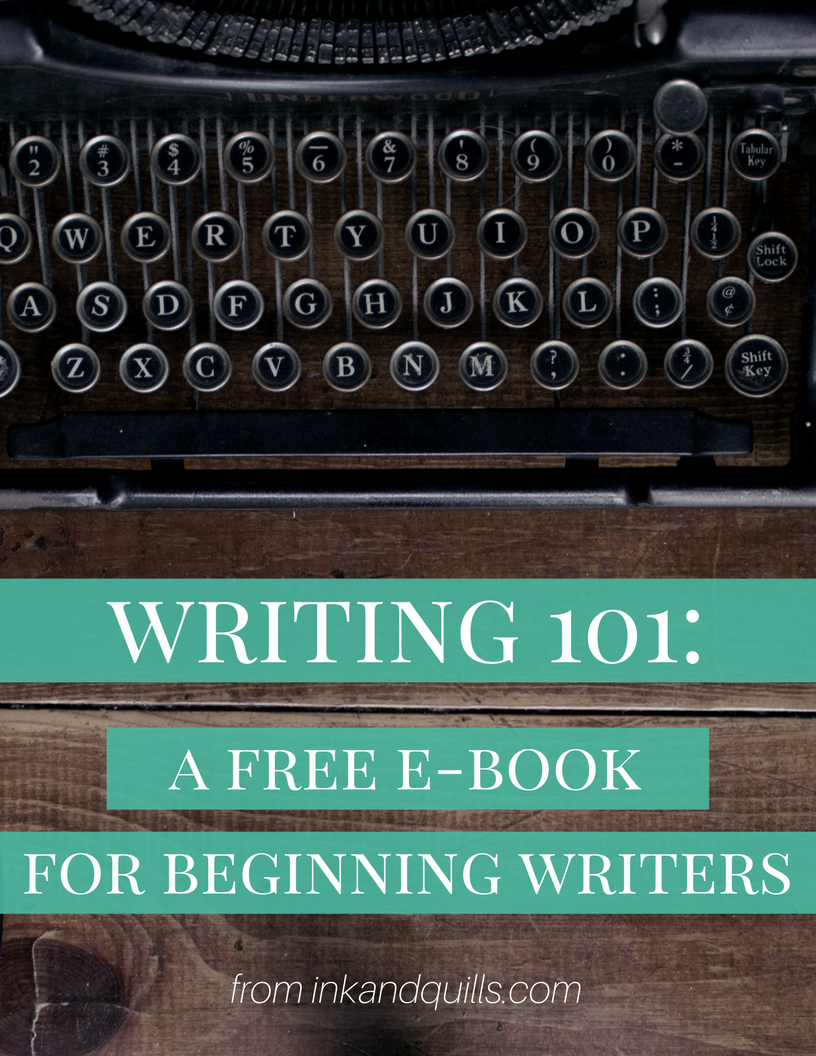

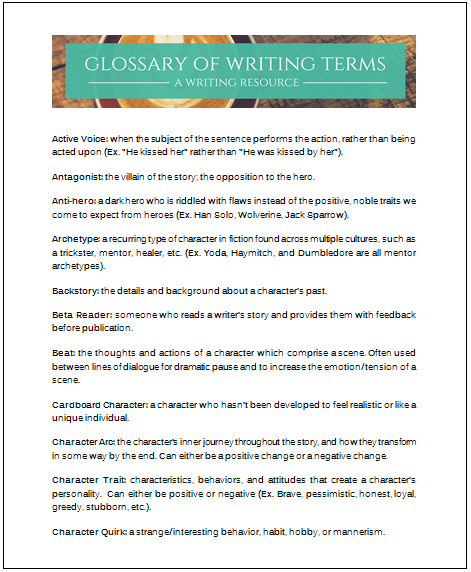

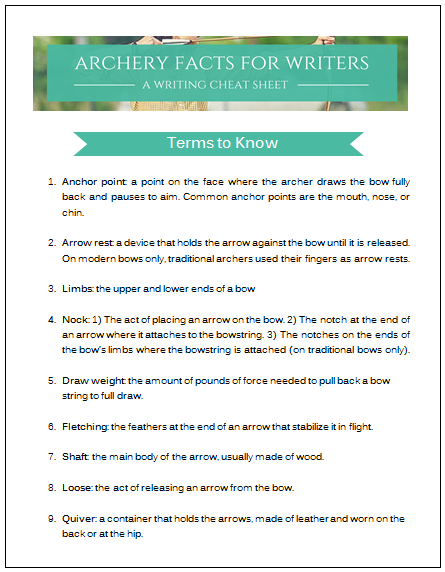



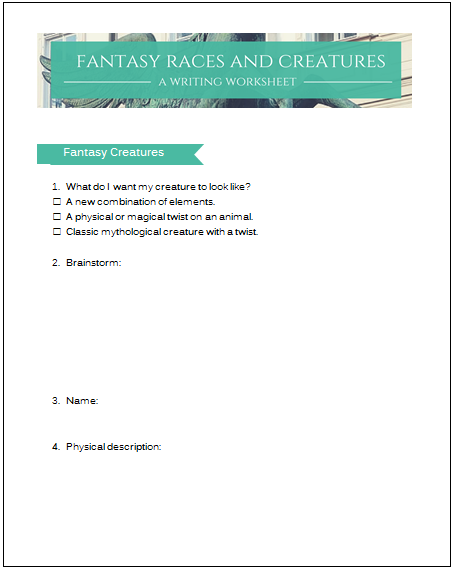


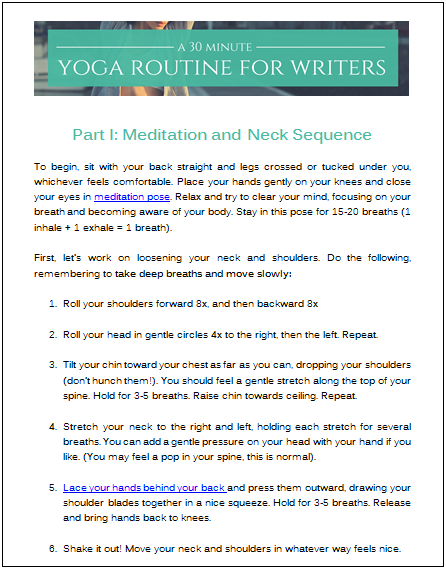
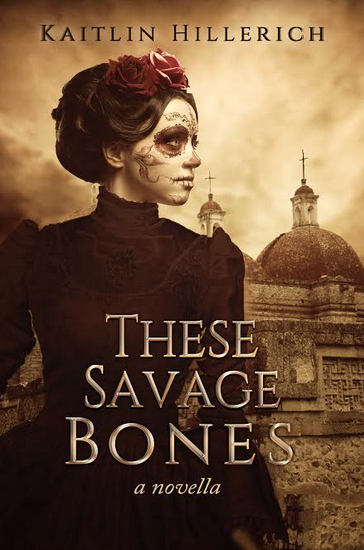
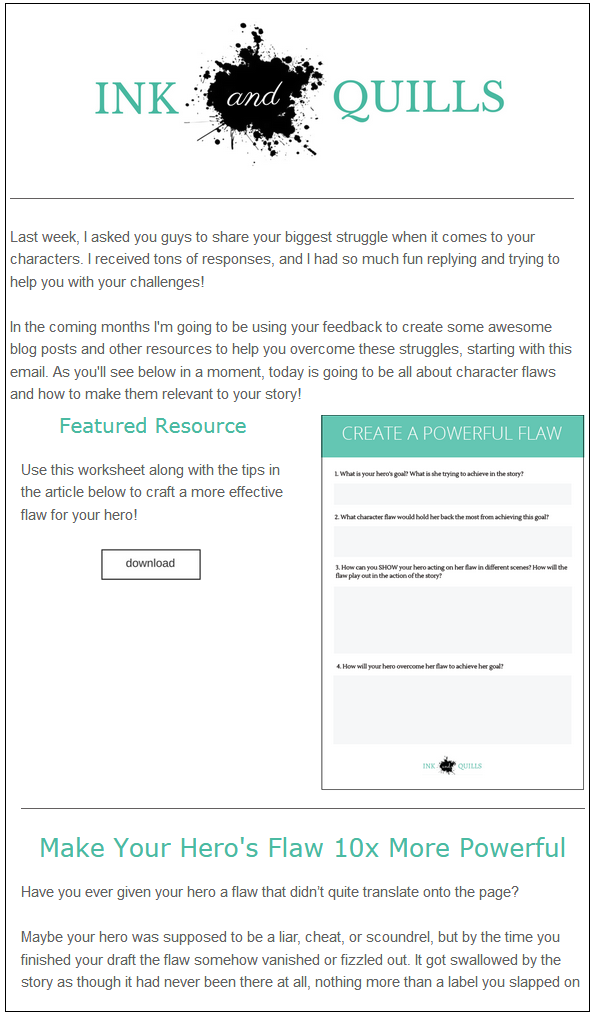
Okay, lightbulb post for me! Thank you SO MUCH for writing this. I’m definitely a novel sort of writer, but I want to expand and write more short stories. Pinning this to read next time I bog down my short stories with showing
You’re very welcome! I was the exact same way, it’s hard to switch gears from novel to short story! They seem similar but there’s a lot of subtle differences that can make or break you. Talk about frustrating haha. Best of luck with the short stories 😉